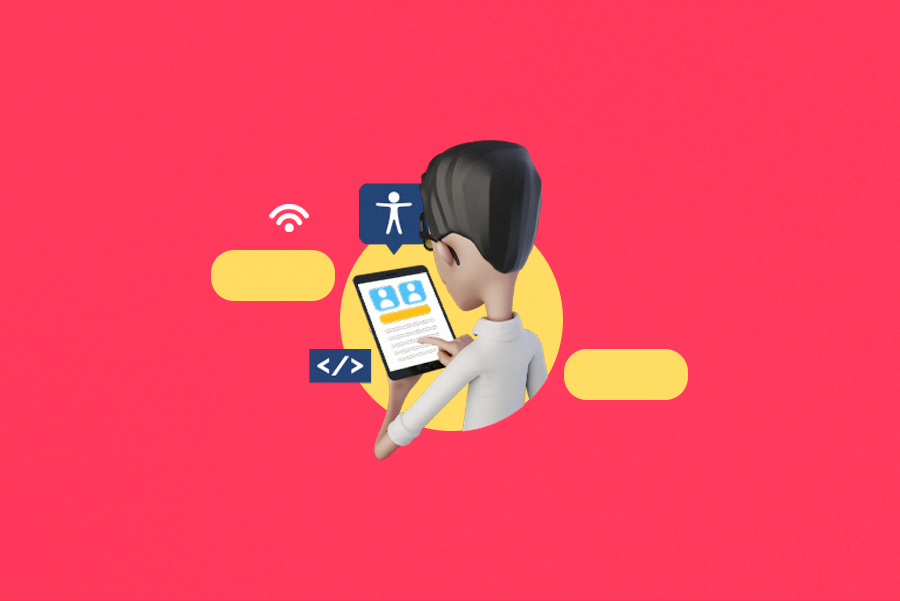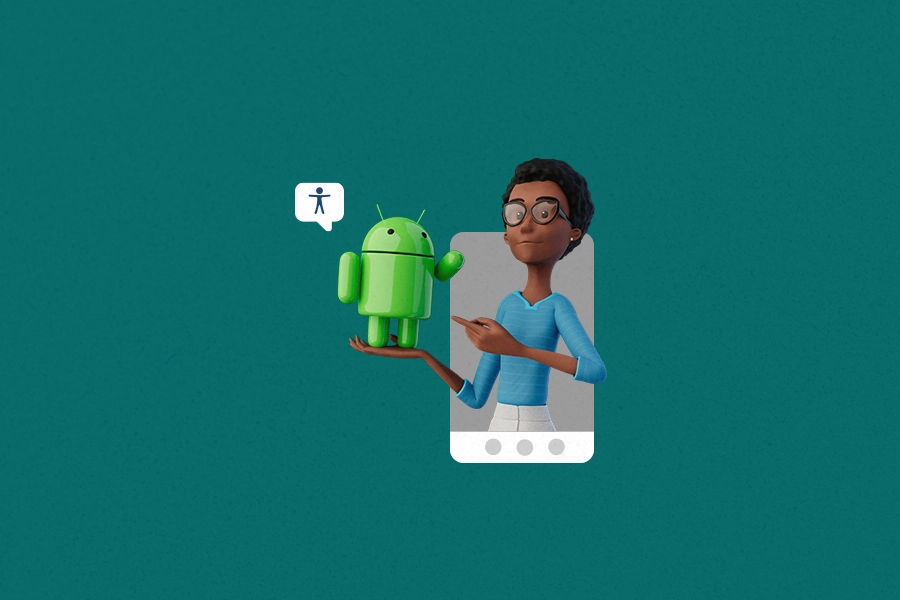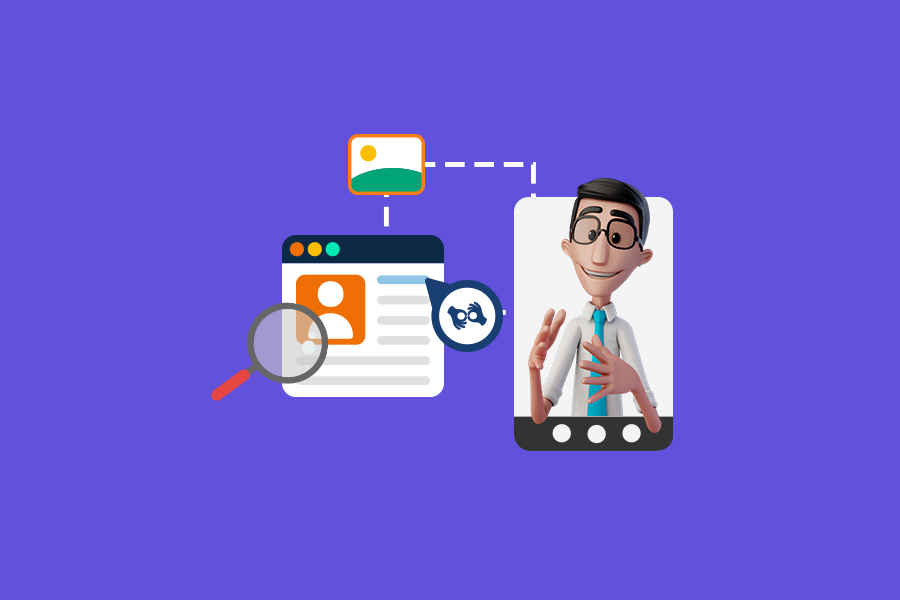
AI Accessibility: What Are AI Assistive Technology Examples?

Artificial Intelligence (AI) has revolutionized numerous industries, from healthcare to finance, transportation to entertainment. However, one aspect that is often overlooked is its potential to enhance accessibility for individuals with disabilities. AI accessibility is a powerful tool that can level the playing field and empower people with disabilities to lead more independent and fulfilling lives.
So follow along this article to learn more about assistive technologies (ATs) and how to use them to the best of their potential!
What is AI accessibility?
AI accessibility refers to the use of artificial intelligence technology to improve accessibility for individuals with disabilities. It involves developing and implementing AI solutions that address barriers and challenges faced by people with disabilities in various aspects of life. By leveraging AI capabilities, we can create inclusive environments and provide equal opportunities for everyone, regardless of their abilities.
How can AI help accessibility?
Artificial Intelligence can offer a lot of benefits in improving accessibility across different areas. So let’s explore some of them where AI has the potential to make a significant impact:
Education
AI can revolutionize education for students with disabilities. For example, AI-powered language processing mechanisms can provide real-time transcription and captioning services for students with hearing impairments, making classroom lectures and discussions more accessible. AI can also personalize learning experiences and provide tailored recommendations based on individual needs and learning styles. Amazing, right?
Employment
Did you know that AI can assist individuals with disabilities in finding and keeping a job? For example, AI-powered chatbots can help streamline the job application process and provide job-related assistance to candidates with disabilities. AI can also enable workplace accommodations by automating tasks and providing adaptive technologies that cater to specific needs.
Community
When it comes to aiding a community, AI can enhance accessibility within it by improving communication and information dissemination. AI-powered language translation services can break down language barriers and enable individuals with different language backgrounds to interact seamlessly. They can be people from different countries, or even from the US as well, but who prefer to communicate in ASL (American Sign Language).
Additionally, AI chatbots can assist individuals with disabilities in accessing information, services, and support, enhancing their overall engagement with the community.
Home
AI can transform the home environment to be more accessible and convenient for individuals with disabilities. Smart home devices equipped with AI capabilities can be voice-controlled, allowing people with mobility impairments to control various aspects of their homes independently. AI can also automate routine tasks, such as turning on lights or adjusting the temperature, making daily living more manageable.
Low-cost assistive technology
Isn’t it incredible that Artificial Intelligence can be used as an assistive technology aimed at developing new, more accessible and affordable ATs? It works as an endless cycle for social good!
By leveraging AI algorithms, researchers and developers can create cost-effective solutions that cater to a wide range of disabilities. This includes AI-powered prosthetics, smart glasses for visual assistance, and other assistive devices that enhance mobility, communication, and overall independence and autonomy.
What are AI assistive technology examples?
There are several notable examples of AI assistive technologies that are transforming accessibility. Let’s check out some of them!
Language caption and translation
AI-powered speech recognition and natural language processing technologies can automatically generate captions for videos and transcriptions for audio content. This enables individuals with hearing impairments to access multimedia content more easily.
AI language translation tools can also facilitate communication between people who speak different languages, even performing translation between written and spoken languages to Sign Languages!
A great example of how this technology works is the Hand Talk Plugin, that translates all written information in websites from English to ASL.
Image recognition
AI-based image recognition algorithms can assist individuals with visual impairments in understanding and interacting with their surroundings. These technologies can describe objects, scenes, and text within images, enabling users to navigate their environment more independently.
Facial recognition
Facial recognition technology combined with AI can help individuals with visual impairments recognize people’s faces. By using facial recognition algorithms, AI can provide real-time audio descriptions of people’s identities, emotions, and facial expressions. Isn’t that incredible?
Summarizing information
AI algorithms can analyze and summarize large volumes of text or content, making it easier for individuals with cognitive disabilities or reading difficulties to comprehend complex information. This technology can also assist individuals with limited time or attention span in quickly extracting key points from lengthy documents.
This is a great example of how assistive technologies can be useful for everyone, not only people with disabilities.
Lip reading
AI-powered lip-reading technology can convert visual input of lip movements into textual or auditory output. This can significantly benefit individuals with hearing impairments in situations in which Sign Language interpretation is not available or practical.
User navigation
Did you know that AI can improve navigation for individuals with mobility impairments? AI-powered navigation systems can provide real-time guidance, suggest accessible routes, and offer information about nearby accessible facilities, helping individuals with disabilities navigate unfamiliar environments with greater ease.
Regression testing
AI can assist in ensuring that digital platforms and software remain accessible and usable for individuals with disabilities. By employing AI algorithms, developers can automate accessibility testing and identify potential barriers or issues that might hinder accessibility.
Conclusion
AI assistive technology holds immense potential in promoting accessibility and inclusivity for individuals with disabilities. By leveraging AI capabilities, we can break down barriers and create a more inclusive society where everyone can participate fully and enjoy equal opportunities.
The examples we have mentioned above are just a glimpse of how AI is transforming accessibility, and with further advancements and innovations, the possibilities are boundless. The future really is approaching fast, isn’t it?
It is super important for developers, researchers, and policymakers to continue investing in AI accessibility to ensure that technology becomes a catalyst for positive change in the lives of people with disabilities.
If you want to learn more about digital accessibility and how to use Artificial Intelligence for social good, make sure to follow the Hand Talk Blog!


